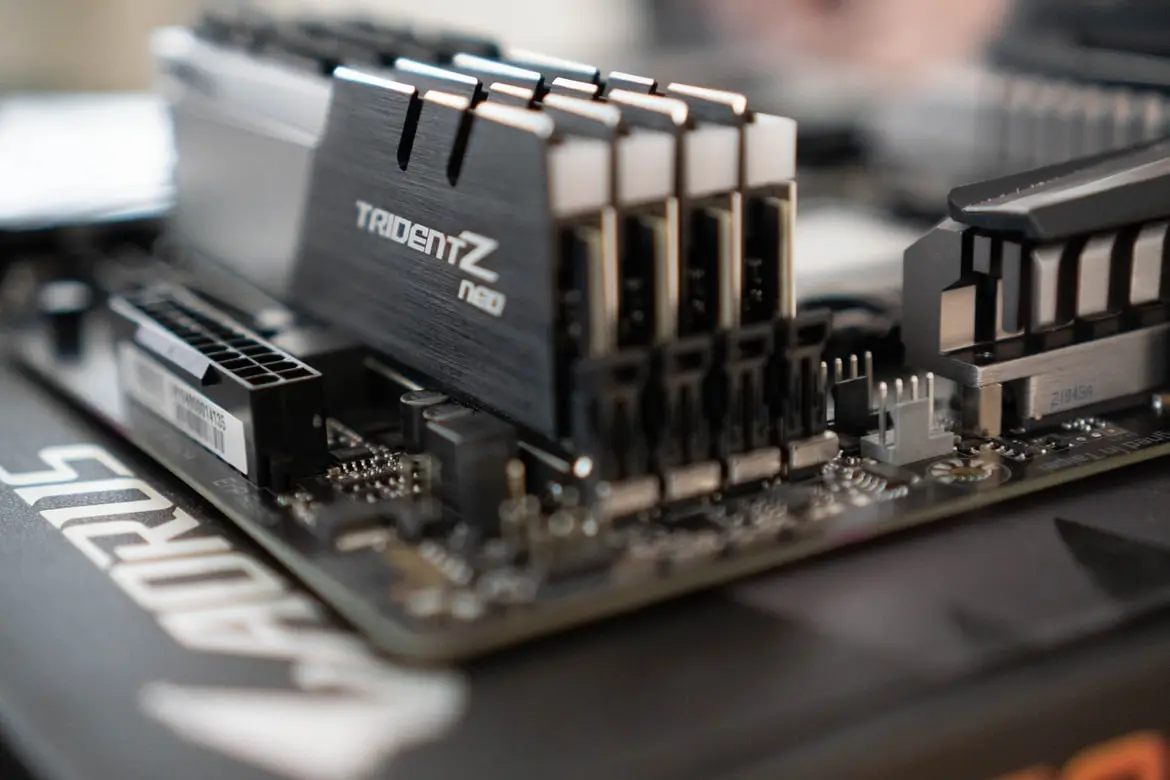Modern computers are very powerful machines. They can perform many different rather complex operations at the same time. In a computer, the RAM is responsible for this. It is needed to run the system processes in real-time. For example for the work of browsers, email clients, office applications, computer games, and so on. It is the second-fastest in the world. It is faster only the processor cache or as it is also called super-operating memory. There are different kinds of RAM. At the moment the most available and widespread memory is of two kinds, DDR2 and DDR3.
Content
What does DDR2 and DD3 RAM mean
DDR2 is the most common type of RAM used in modern computers. It isn’t the oldest, but also not the newest type of RAM. It works much faster than standard DDR and has a higher data transfer rate. Thus, the slowest DDDR2 memory is faster than DDR. DDR2 consumes 1.8 volts of voltage.
In the case of DDR3 memory it is faster and a newer type of memory. It is faster than DDR2, so the fastest DDR2 will be the same as the slowest DDR3. What makes it different is that DDDR3 consumes less power, only 1.5 volts.
What is the difference in speed between DDR2 and DDR3
Despite the fact that the boards of different generations of RAM are similar in appearance, they aren’t compatible with each other. Each of them has its own type of connector and on the boards themselves, there is a characteristic slot which is called “Key”. Different generations of RAM are very different in frequency characteristics. The maximum effective frequency for DDR2 memory will be 800 MHz and generation DDR3 effective frequency is 1600 MHz. There are also many manufacturers which produce RAM that has higher values than standard maximum frequencies.
In addition, developers have not only increased the speed of RAM but also reduced their power consumption by reducing the voltage. So DDR2 memory requires 1.8 volts, while DDR3 requires only 1.5 volts. And there is also a DDR3L memory option with a lower power consumption of 1.35 volts.
Which RAM to choose
Of course, it is best to choose a newer generation of RAM. This way you can perform more complex tasks and your computer will generally run much faster. But when choosing memory you should look first and foremost at your motherboard specifications. Because different generations of RAM have slightly different connectors and also consume different amounts of power, they are not compatible. Before you buy RAM, be sure to check whether your motherboard supports the new generation memory.



